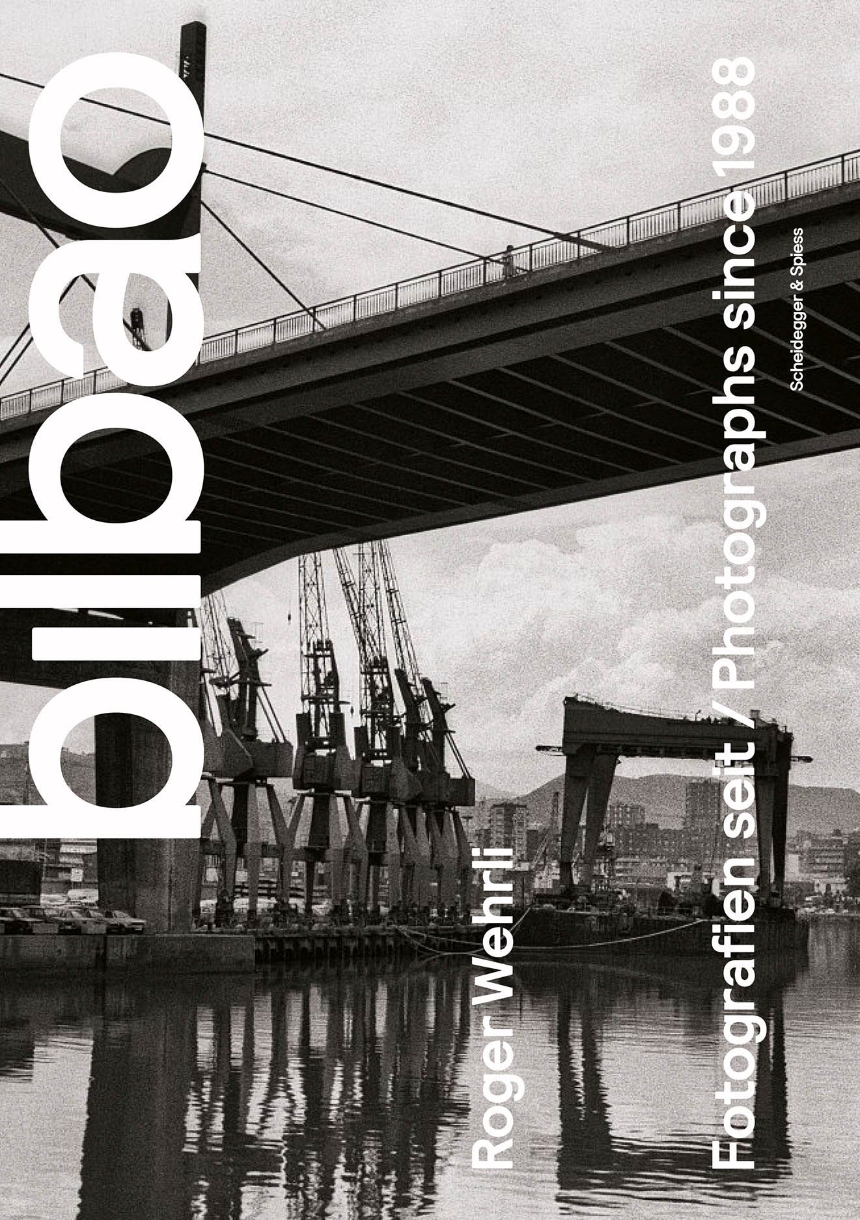In the 1980s, Bilbao was Spain’s most polluted city due to the mining and iron industries that had served as its main sources of employment, by then in terminal decline. In 1993, seven years after Spain joined the European Union, a radical transformation was initiated, and celebrated architects such as Santiago Calatrava, Norman Foster, and Frank O. Gehry were brought on board to design buildings that would serve as icons of the reinvented Bilbao.
Swiss photographer Roger Wehrli documented this transformation, which was so successful that Bilbao has since become a model for former industrial centers throughout Europe. Taken between 1988 and 2014, Wehrli’s striking black-and-white images tell the compelling tale of the decline and rebirth of a city. Perhaps the most emblematic monuments of Bilbao’s transformation is Gehry’s Guggenheim Museum, the city’s main attraction and one of Europe’s most visited museums. Importantly, in emerging from crisis to become the flourishing cultural center it is today, Bilbao has intentionally retained features of its industrial past, which adds to its singular character.
Swiss photographer Roger Wehrli documented this transformation, which was so successful that Bilbao has since become a model for former industrial centers throughout Europe. Taken between 1988 and 2014, Wehrli’s striking black-and-white images tell the compelling tale of the decline and rebirth of a city. Perhaps the most emblematic monuments of Bilbao’s transformation is Gehry’s Guggenheim Museum, the city’s main attraction and one of Europe’s most visited museums. Importantly, in emerging from crisis to become the flourishing cultural center it is today, Bilbao has intentionally retained features of its industrial past, which adds to its singular character.

